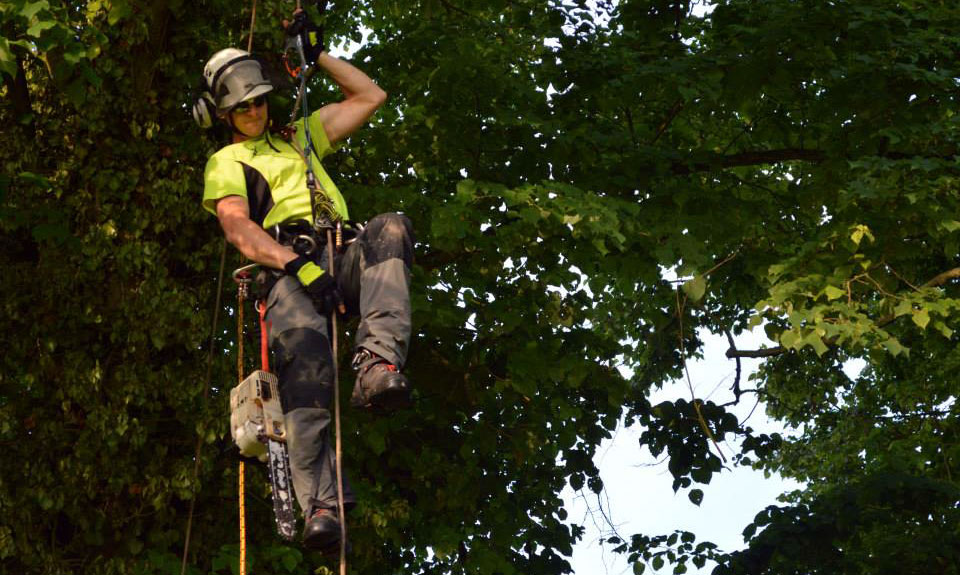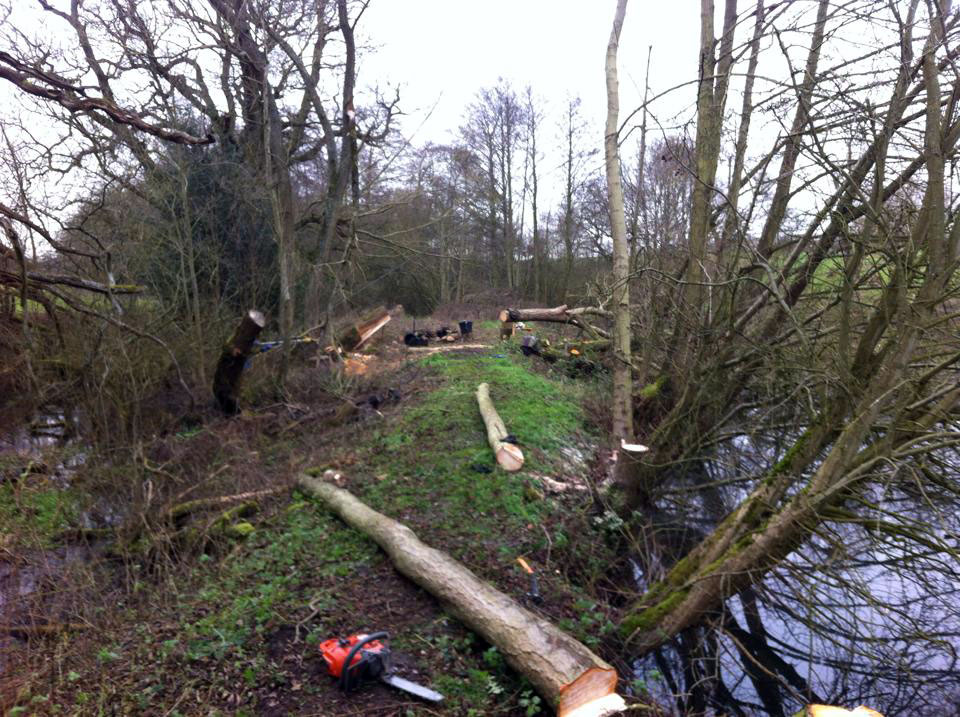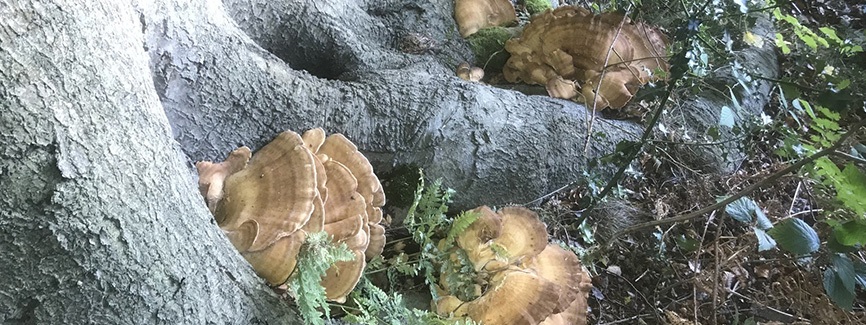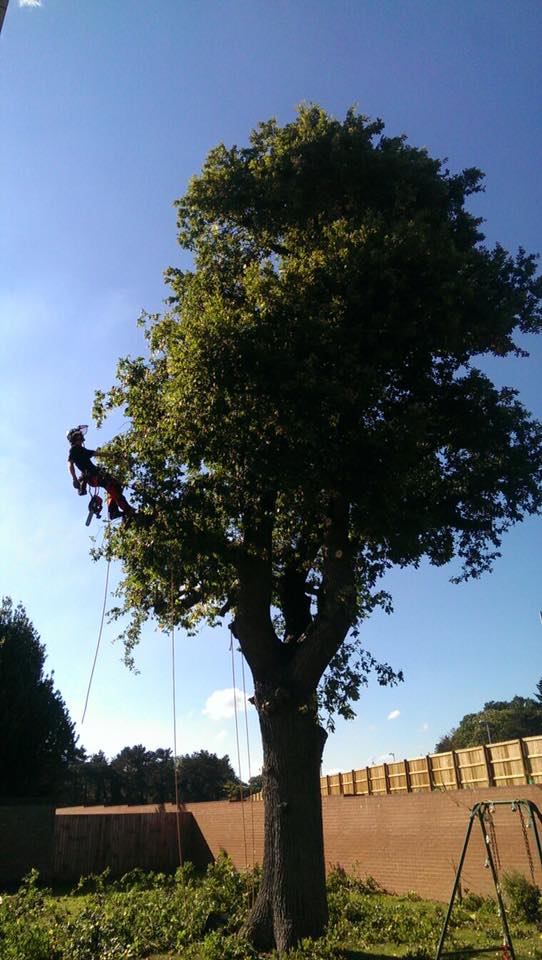
Does cutting dead branches help a tree?
Cutting off dead branches of a tree helps it in many ways, especially when done by an arborist. You can remove dead branches by yourself, but at first, you need to have a close examination of these branches. After doing it for a period of time, it will become easier to point out the branches that need to be pruned.
During spring and summer, one of the easiest ways to identify branches that are dead is by looking at the leaves. If the branch is bare while other branches still have leaves, it is a clear indication that the branch is dead.
Are the branches bare and some have clinging dead leaves? If the tree is deciduous and has shed off the leaves, there should be none clinging. Therefore, if one or some of the branches have clinging leaves, it is an indication that the branches are dead and need to be pruned.
However, you should be very cautious with some tree species that tend to hold on to their leaves even when they should’ve dropped them. Some of these species include the oaks, beeches and other sapling trees.

The bark has fallen off:
It is normal for tree bark to fall off over time but for a healthy wood, the bark is replaced with new layers to avoid exposing the smooth wood underneath. Hence, it is a warning sign if most of the bark has fallen off. Remember, it is the bark (phloem) of the tree that transport food from the leaves to the roots. Therefore, if most of the bark has fallen off, there are higher chances that the tree can eventually die.
Large fungus:
Wood conchs and shelf fungus are signs that a section of the wood is affected by infectious microorganisms. If the tree is not treated or the affected branch is not pruned, the entire tree might dry off from the infection.
Pruning Your Tree
Pruning is an essential practice to maintain your trees in perfect condition. You are required to prune your trees often to remove dead branches as well as other branches that are growing in an unwanted direction. This will ensure that the tree grows in the right direction and it has the right shape because it is properly trimmed.
Pruning is also done for safety purposes. First, the dead branches should be pruned so that they cannot rot and fall on their own, causing potential damage and injury.
You can prune the trees yourself, but if you don’t have the necessary equipment and skills, you should consider hiring a tree removal company. You will not only benefit from professional services but also evade the risk of climbing tall trees with limited or no knowledge of how to prune a tree.
Finally, the method of pruning a tree, how often it should be pruned and what should be done to keep the tree in an ideal condition should only be determined by an experienced arborist. Therefore, consider seeking help from these professionals instead of doing it yourself.



Recent Comments